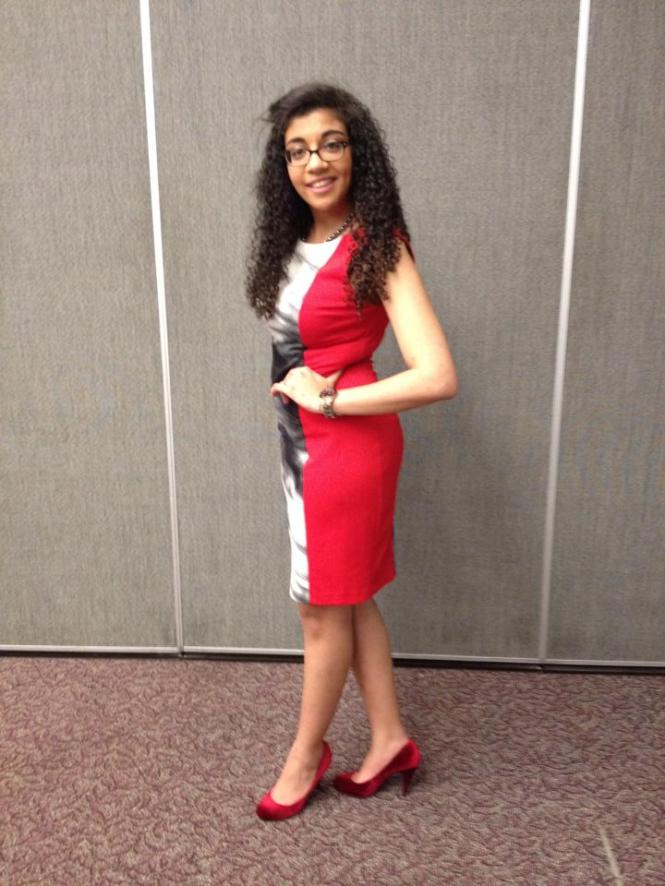“Social identity: a person’s sense of who he or she is based on their group membership”
That definition was part of my introductory comments at this year’s CERRU Inter-Cultural Fashion Show, “Fashioning Our Identities.” I am currently a student fellow at the Center for Ethnic, Racial, and Religious Understanding, and while we were brainstorming themes for the 2014 fashion show, we decided to go beyond just showcasing multicultural and multiethnic garments. This year we decided to take a different approach and examine the complexity of social identity through fashion, ergo the title “Fashioning Our Identities.”
Before I get to the show, a bit about the Center: we believe in a world where our differences inspire curiosity, collaboration and innovation. We run a student fellowship and ambassador program where students meet people from different backgrounds, learn how to have difficult conversations, and engage their peers in conversations about contemporary social issues. We also sponsor events that facilitate cross-cultural engagement to advance understanding. We are based in Queens, the most diverse county in the country, and part of one of the most diverse cities in the world, a locale we are rather proud of.
So what made our fashion show special? My boss, Batya, told the audience, “Usually, at a fashion show, the model is a human hanger. In this show, the models were the focal point.” She is 100% right—this was a fashion show all about the models. All of our models went through a screening process with Batya, as they were paired with a designer or stylist that helped them unpack the intricacies of their social identities. Each of our models modeled two looks: the first, an “assumed” identity, represented the societal expectations linked with their identities, and the second, the “actual” identity, represented how the models understood their personal identities. Essentially, we tried to contrast the often inaccurate and uncomfortable identities society assigns to us with the need to express our own individual identities based on the groups we are a part of. This played our remarkably well, considering the dramatic transformation some of our models underwent. For example, one of our models (and a friend of mine!), Nashwa, is an Egyptian immigrant. Her assumed look consisted of an abaya and hijab, garments traditionally worn by conservative Muslim women. Her second look, however, was a bright orange strapless dress that showed off her tattoos, one of which was a quote from the Quran.
Although I was more involved with the behind-the-scenes planning and business aspects of the show, it was only fitting that, as MC, I would go through my own social identity transformation. I announced the first half of the show wearing a galabeya, a shift dress commonly worn by women in northern Egypt. In the second half of the show, however, I wore a fitted Calvin Klein body-con dress. I told the audience that although I consider myself a professional in all my endeavors, I never forget my Egyptian heritage, which was represented in the colors of the dress, red, white, and black, the colors of the Egyptian flag. Just like the models, I worked to reconcile what expected of me and what I expect of myself.
So, I guess I turn to you guys: how does your social identity come through in fashion? How does that differ from how society sees you? And most importantly, how do you see yourself?
Monica is 20 years old and currently a sophomore at CUNY Queens College. She is majoring in English and Political Science. In addition to being a CERRU fellow, she is also a University Scholar, Hertog Scholar, and Presidential Achiever. Monica considers herself a pop culture enthusiast, New York sports fan, and an avid lover of statement necklaces. You can follow her on twitter at @motothero





This seems like such a good experience! Congrats!
Xo
Livinlikelarz
Thank you so much! She really did love it!